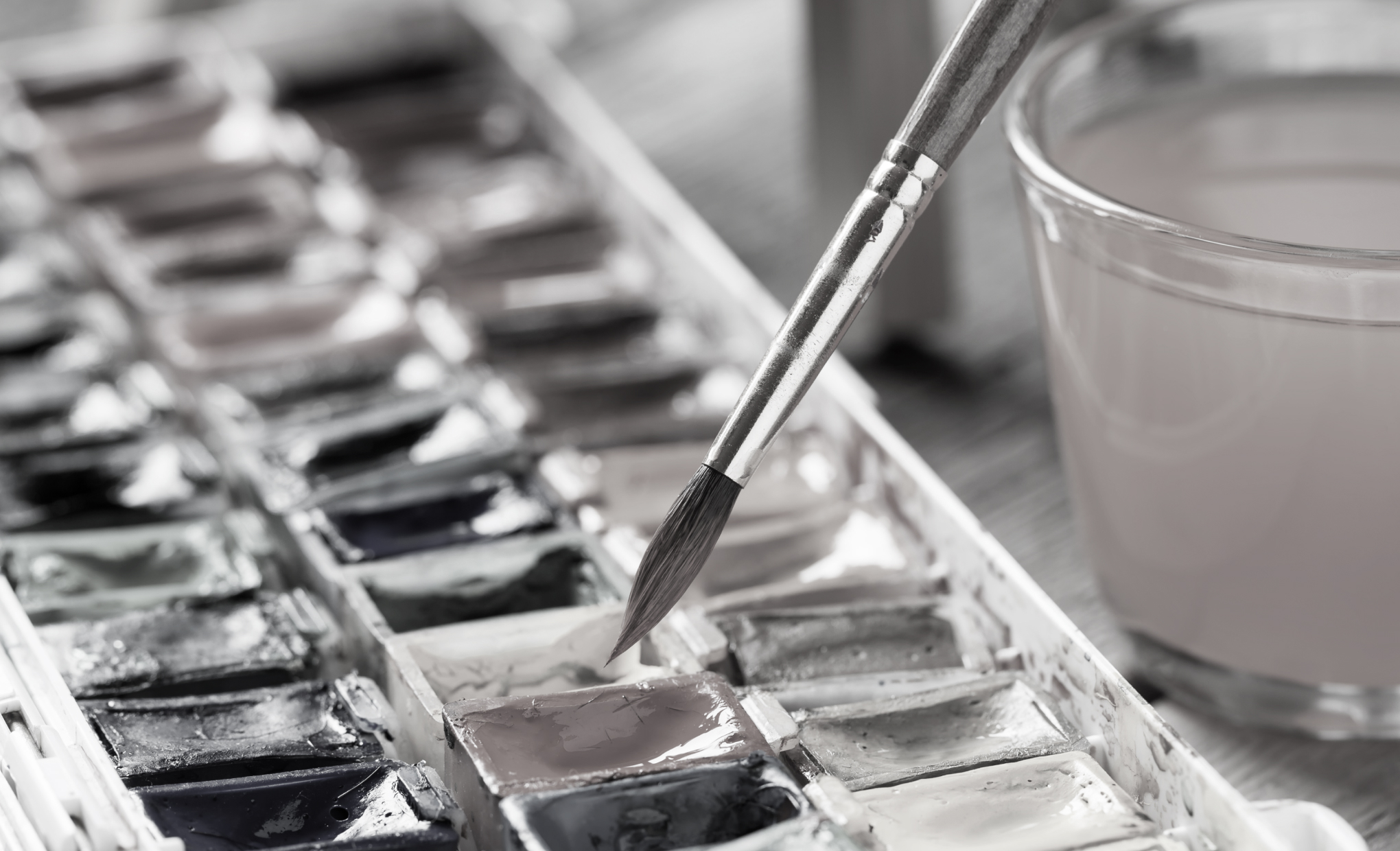Early forms of watercolor paint existed all the way back in ancient times. Some Paleolithic cave paintings and Egyptian art on papyrus used early forms of watercolor. The ancient Chinese developed watercolor paint around 4,000 B.C. and by the 4th century, landscape watercolor painting had established itself as a bona fide art form in Asia. Watercolor paints showed up in Europe during the Renaissance and were linked to advancements in papermaking and an increase in the availability of synthetic pigments. Albrecht Dürer and Hans Bol were key proponents, but ultimately the medium was mostly used for preparatory sketches in fine art, although watercolors were used for botanical and wildlife illustrations as well as mapmaking. Watercolor paint didn’t truly take off in Western art until the 18th century, when an English mapmaker turned painter named Paul Sandby began using watercolor paints that were traditionally used for mapmaking in his landscape paintings. Thanks to Sandby and a movement led by J.M.W. Turner, watercolor painting soon became a serious, artistic medium in England and later throughout Europe. Notably, Paul Cézanne used a technique of overlapping watercolor washes in some of his still life paintings and Vincent Van Gogh used watercolor techniques in some of his art as well. The 20th century saw some notable watercolorists, including German abstract painter Wassily Kandinsky and Swiss Modernist Paul Klee, and this surprisingly ancient medium has continued to find fans in amateur and professional painters alike well into the 21st century.

Your go-to guide for weird history facts
Subscribe to the FREE daily email that makes learning about history fun.


